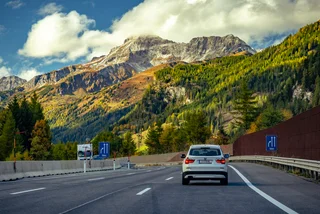Not far from Prenzlauer Berg is the Berlin Wall Documentation Center, opposite one of the most notorious stretches of the Wall, where, due to a border quirk, many residents escaped the GDR simply by stepping outside. Much of the information is in German only, but the scenes of pre-1989 life, including an elderly escapee swinging pendulum-like from a tenement window, are self-explanatory. The Center stands opposite a preserved stretch of the Wall.


